Historical places in Birmingham offer a captivating journey through time, revealing the city’s rich industrial heritage, striking architecture, and centuries of fascinating history. Once the driving force of the Industrial Revolution, Birmingham now showcases everything from medieval churches and Tudor manor houses to groundbreaking 20th-century design. These well-preserved landmarks narrate the story of a city shaped by innovation, resilience, and cultural diversity. Whether you’re a passionate history enthusiast or simply enjoy exploring the past, these must-see sites provide insight, inspiration, and a deeper appreciation of Birmingham’s storied legacy and evolving identity.
Top 10 Historical Places In Birmingham
Here is a list of 10 historical places in Birmingham that you must visit for a cultural retreat.
1. Birmingham Back To Backs
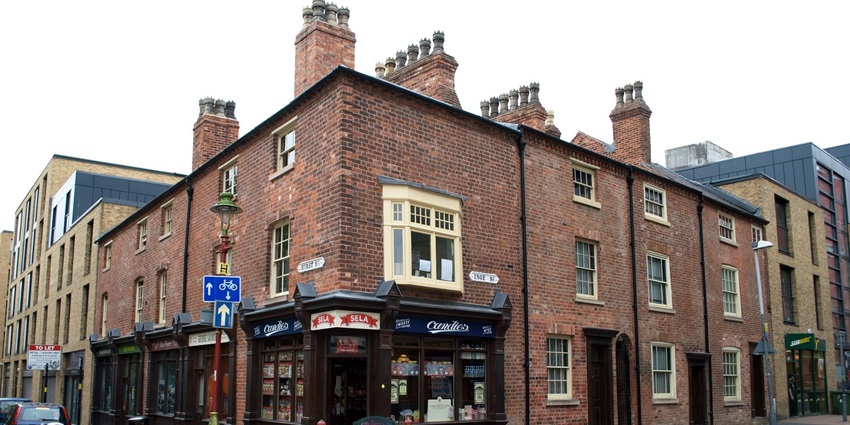
Photo: NotFromUtrecht / Wikimedia Commons
Located near the Chinese Quarter, the Birmingham Back to Backs are among the last surviving examples of 19th-century courtyard housing in the UK. Preserved by the National Trust, these red-brick homes vividly recreate the lives of working-class families from the 1840s through to the 1970s. Guided tours reveal how residents adapted to changing times, technologies, and hardships. It’s a powerful, hands-on experience of Birmingham’s industrial past and one of its most evocative historical places.
Distance From Birmingham Airport: 14 km
Distance From Birmingham New Street Station: 350 metres
Best Places To Eat: Chung Ying Cantonese, The Meat Shack, Original Patty Men
2. Aston Hall
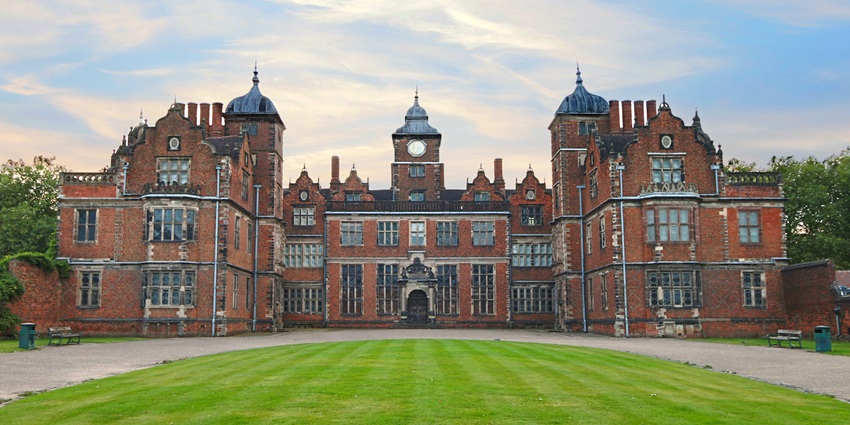
Photo: Basil Jean / Wikimedia Commons
Aston Hall is one of the most impressive historical places in Birmingham, renowned for its striking Jacobean architecture and compelling history. Constructed between 1618 and 1635, it played a role during the English Civil War and still bears the scars of cannon fire. The interior boasts grand staircases, period furnishings, and portraits reflecting centuries of change. Surrounded by formal gardens and parkland, Aston Hall offers visitors a rich, immersive journey through Birmingham’s aristocratic past.
Distance From Birmingham Airport: 17 km
Distance From Birmingham New Street Station: 4.5 km
Best Places To Eat: Aston Cafe, The Barton Arms, Taste of Khyber
3. Birmingham Cathedral
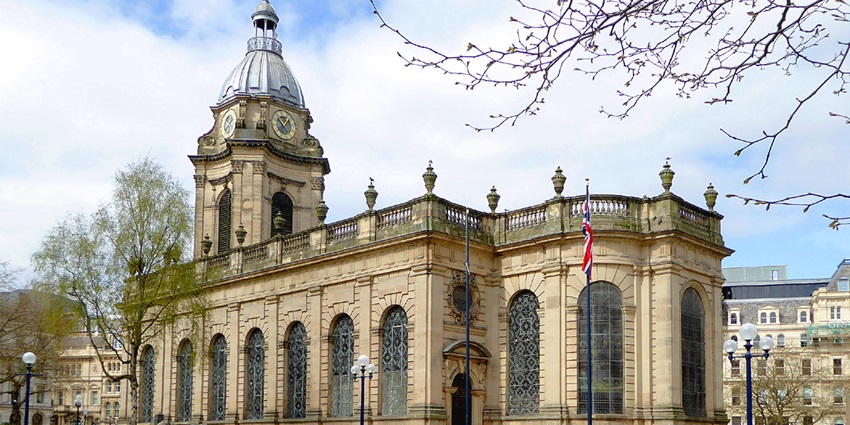
Photo: Roger Kidd / Wikimedia Commons
Birmingham Cathedral, one of the most notable historical places in Birmingham, was consecrated in 1715 and stands as a stunning example of English Baroque architecture. Famous for its exquisite stained-glass windows created by local artist Edward Burne-Jones, the cathedral continues to serve as a peaceful place of worship and reflection in the heart of the city centre. This serene landmark holds deep architectural and spiritual importance.
Distance From Birmingham Airport: 15 km
Distance From Birmingham New Street Station: 600 metres
Best Places To Eat: Purnell’s, Gusto Italian, The Ivy Temple Row
4. Sarehole Mill
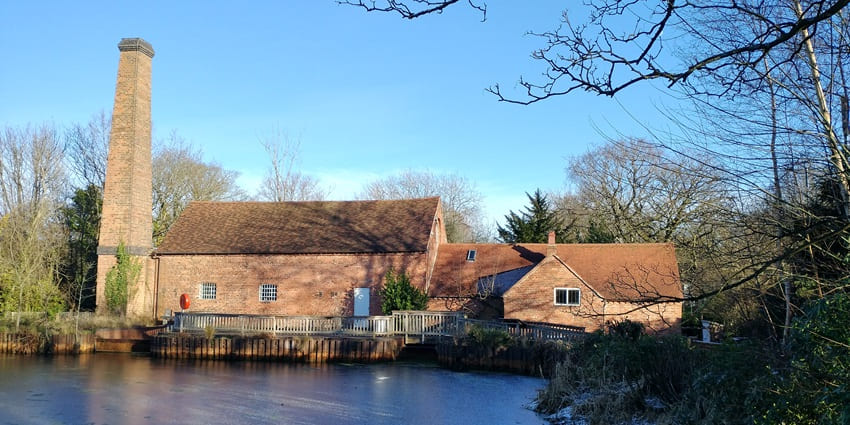
Photo: Rwendland / Wikimedia Commons
Sarehole Mill, one of the most charming historical places in Birmingham, is an 18th-century watermill famous for inspiring J.R.R. Tolkien’s depiction of “The Shire.” Located in Hall Green, this working museum features a bakery and peaceful gardens. Visitors can enjoy milling demonstrations and stroll along woodland trails that reflect Tolkien’s childhood explorations, making it a must-visit for history and literature enthusiasts alike.
Distance From Birmingham Airport: 11 km
Distance From Birmingham New Street Station: 8 km
Best Places To Eat: Miller & Carter, The Horseshoe, Indigo Indian Dining
5. Soho House
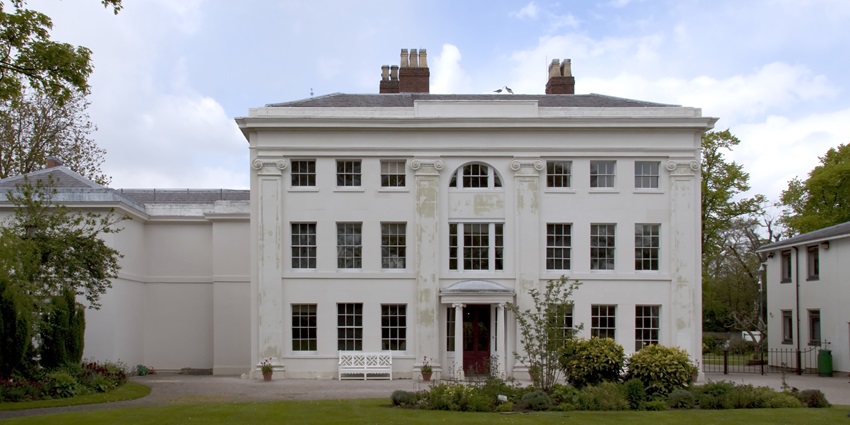
Photo: Tony Hisgett, aka ahisgett / Wikimedia Commons
Soho House, one of the notable historical places in Birmingham, was once the home of industrialist Matthew Boulton and played a vital role during the Industrial Revolution. This elegant Georgian villa hosted influential meetings of the Lunar Society, including members like James Watt and Erasmus Darwin. Today, it operates as a museum celebrating Boulton’s legacy and 18th-century innovation, offering visitors a fascinating glimpse into Birmingham’s industrial heritage.
Distance From Birmingham Airport: 20 km
Distance From Birmingham New Street Station: 5 km
Best Places To Eat: The Old Crown, Varanasi, Otto Pizza
6. Jewellery Quarter
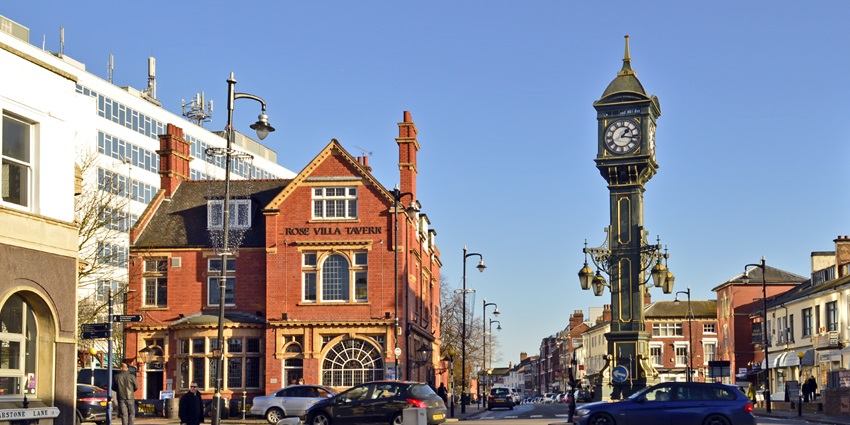
Photo: Brian Clift / Wikimedia Commons
The Jewellery Quarter, one of the most famous historical places in Birmingham, is a vibrant district that once produced 40% of the UK’s jewellery. With over 200 listed buildings, its well-preserved workshops and factories beautifully reflect Birmingham’s rich industrial past. Visitors can explore the Museum of the Jewellery Quarter for an immersive guided experience into an era when craftsmanship truly ruled.
Distance From Birmingham Airport: 17 km
Distance From Birmingham New Street Station: 1.5 km
Best Places To Eat: Otto, The Button Factory, Lasan Restaurant
7. Blakesley Hall
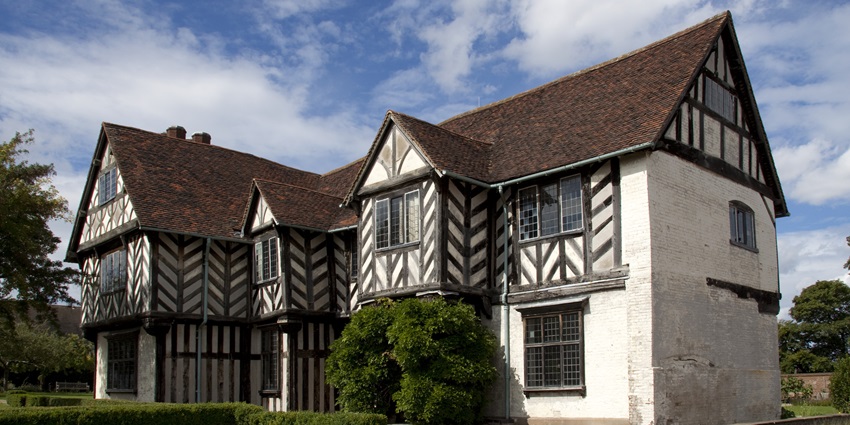
Photo: Tony Hisgett / Wikimedia Commons
Blakesley Hall is one of the most notable historical places in Birmingham, originally built in 1590 and beautifully restored as a fine example of a timber-framed Tudor house. The hall’s authentic interiors, rich with period furnishings and decorative details, transport visitors to Elizabethan England. Surrounded by tranquil gardens, it also hosts seasonal events, school visits, and workshops, offering an immersive experience that blends history, culture, and community engagement in an accessible setting.
Distance From Birmingham Airport: 8 km
Distance From Birmingham New Street Station: 7 km
Best Places To Eat: The New Inn, Balti King, Bhujon Lounge
8. The Roundhouse
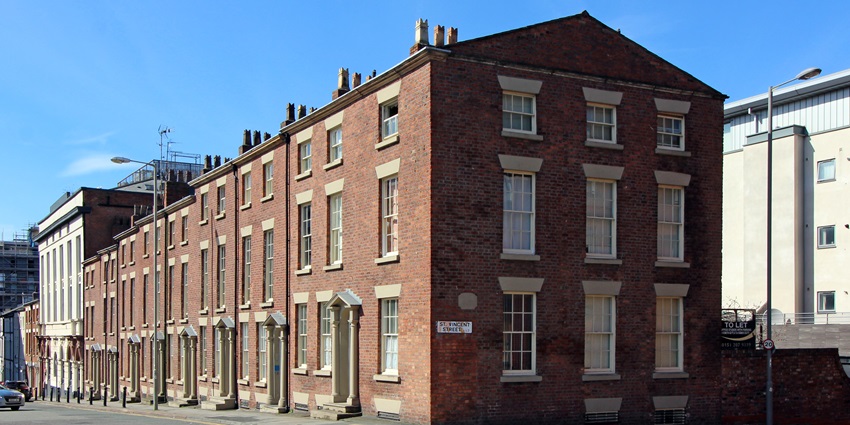
Photo: Rodhullandemu / Wikimedia Commons / Image For Representation Only
Originally a Victorian canal-side stables and store, The Roundhouse is one of the notable historical places in Birmingham. This unique curved building has been thoughtfully repurposed to offer walking, cycling, and kayak tours along Birmingham’s historic waterways. It beautifully tells the story of the city’s transport, industry, and architectural development, providing visitors with a fascinating glimpse into Birmingham’s rich heritage.
Distance From Birmingham Airport: 16 km
Distance From Birmingham New Street Station: 2 km
Best Places To Eat: Ju Ju’s Café, The Distillery, Bistrot Pierre
9. Birmingham Museum & Art Gallery
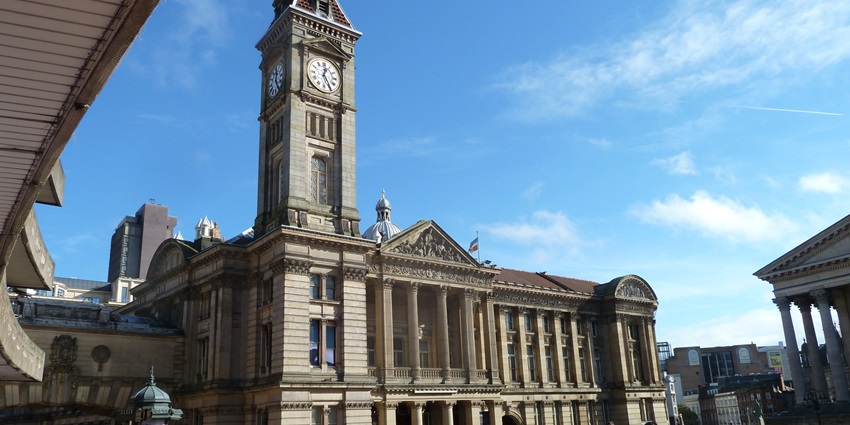
Photo: JimmyGuano / Wikimedia Commons
Housed in a Grade II-listed building, Birmingham Museum & Art Gallery (BMAG) is one of the most important historical places in Birmingham. It showcases the city’s rich artistic and historical treasures, including the world’s largest collection of Pre-Raphaelite art and extensive local history exhibits. Although currently undergoing renovations, many collections remain accessible online or at nearby partner venues for visitors to enjoy.
Distance From Birmingham Airport: 15 km
Distance From Birmingham New Street Station: 750 metres
Best Places To Eat: Adam’s, Medicine Bakery, Damascena
10. Old Crown Pub

Photo: Oosoom / Wikimedia Commons
Dating back to 1368, The Old Crown in Digbeth is not only Birmingham’s oldest surviving building but also one of its most iconic historical places. This medieval pub has stood witness to centuries of history, welcoming monarchs, travellers, and locals alike. Its timber-framed structure and authentic period features create a unique atmosphere. Still operating today, it offers a charming blend of centuries-old heritage with modern hospitality, making it a must-visit in one of Birmingham’s liveliest quarters.
Distance From Birmingham Airport: 14 km
Distance From Birmingham New Street Station: 1 km
Best Places To Eat: Kanteen, Digbeth Dining Club, Rico Libre
Historical places in Birmingham encompass a diverse array of architectural styles and eras, from medieval taverns and Tudor halls to elegant Georgian mansions and remarkable industrial-era landmarks. Whether you’re keen to explore Tolkien’s childhood inspirations, delve into the achievements of pioneering inventors, or soak up the atmosphere in a centuries-old pub, these iconic locations perfectly capture Birmingham’s dynamic heritage. Plan your trip today with TripXL for a memorable and enriching experience.
Cover Photo: Tony Hisgett / Wikimedia Commons


 WhatsApp
WhatsApp
 Twitter
Twitter









